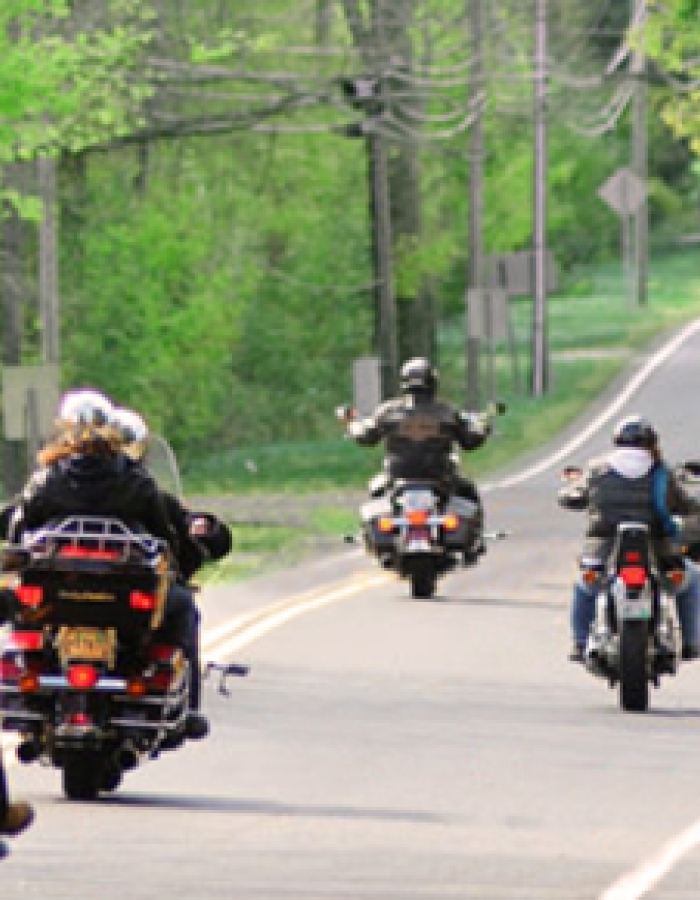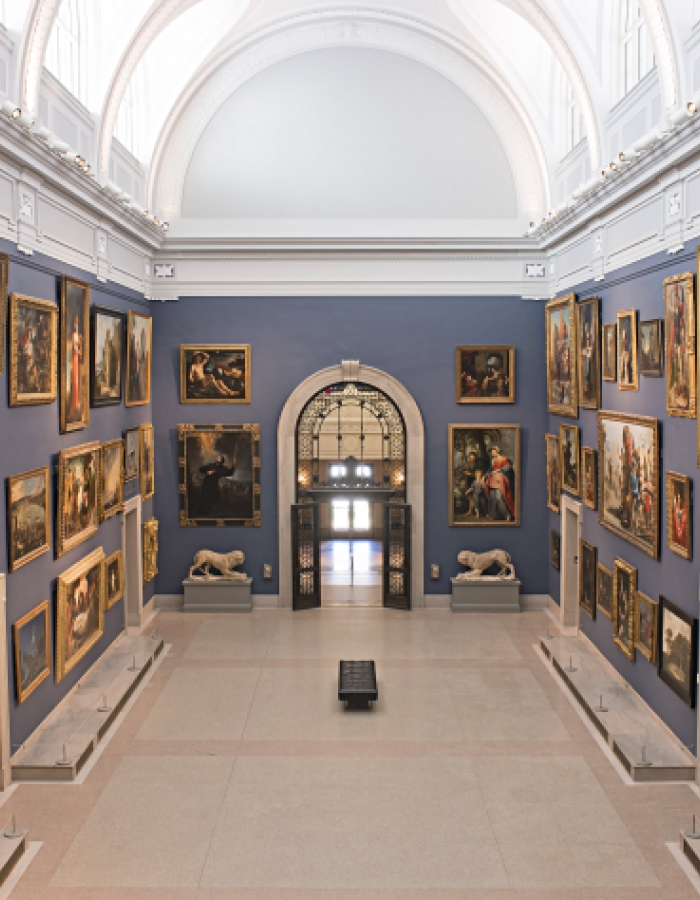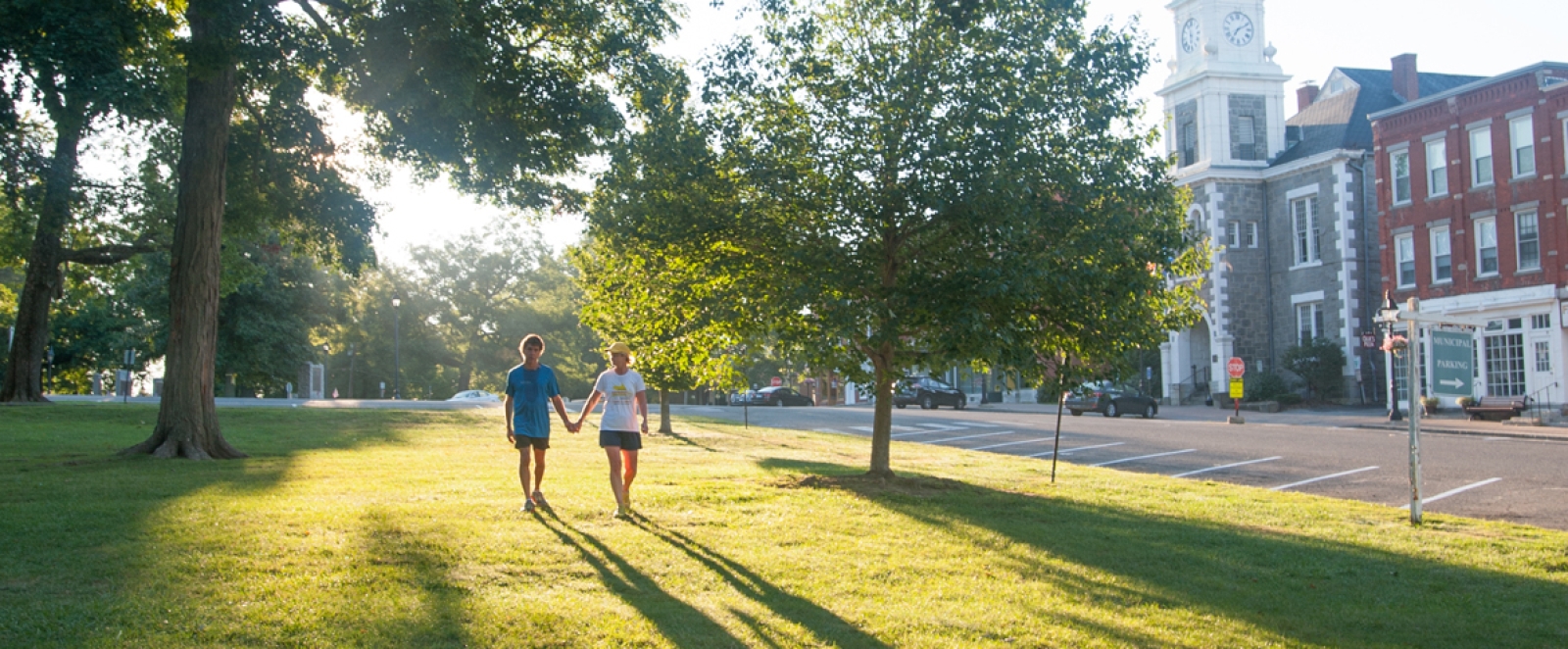



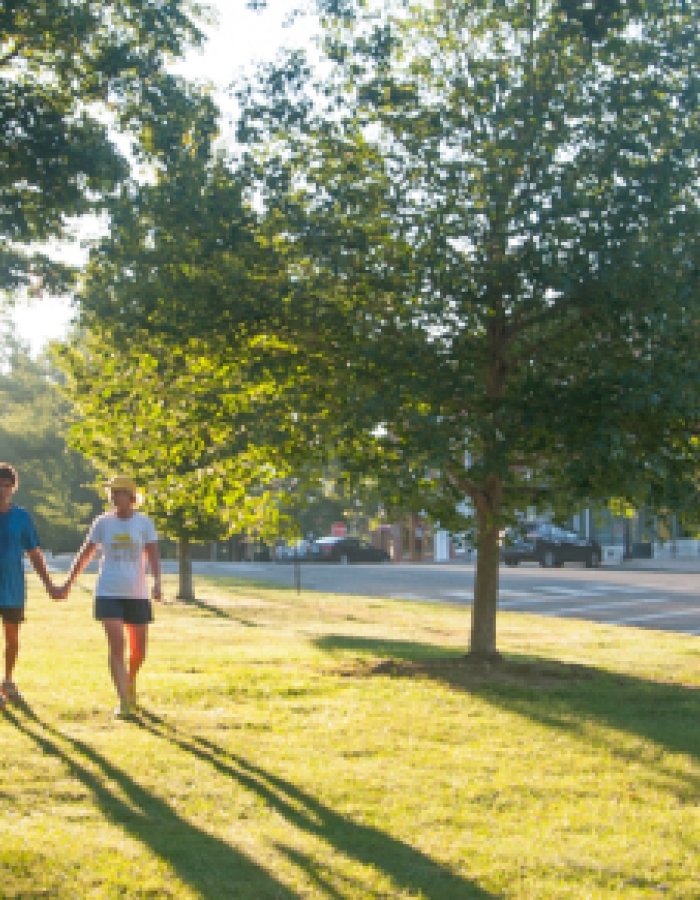



Classic Connecticut Town Greens
Visiting town greens is a good way to see small-town Connecticut – the grassy rectangles were where most of the towns got started and where the colonists built their first meetinghouses. Visiting these greens is also a good way to construct a one-day tour through various parts of the state.
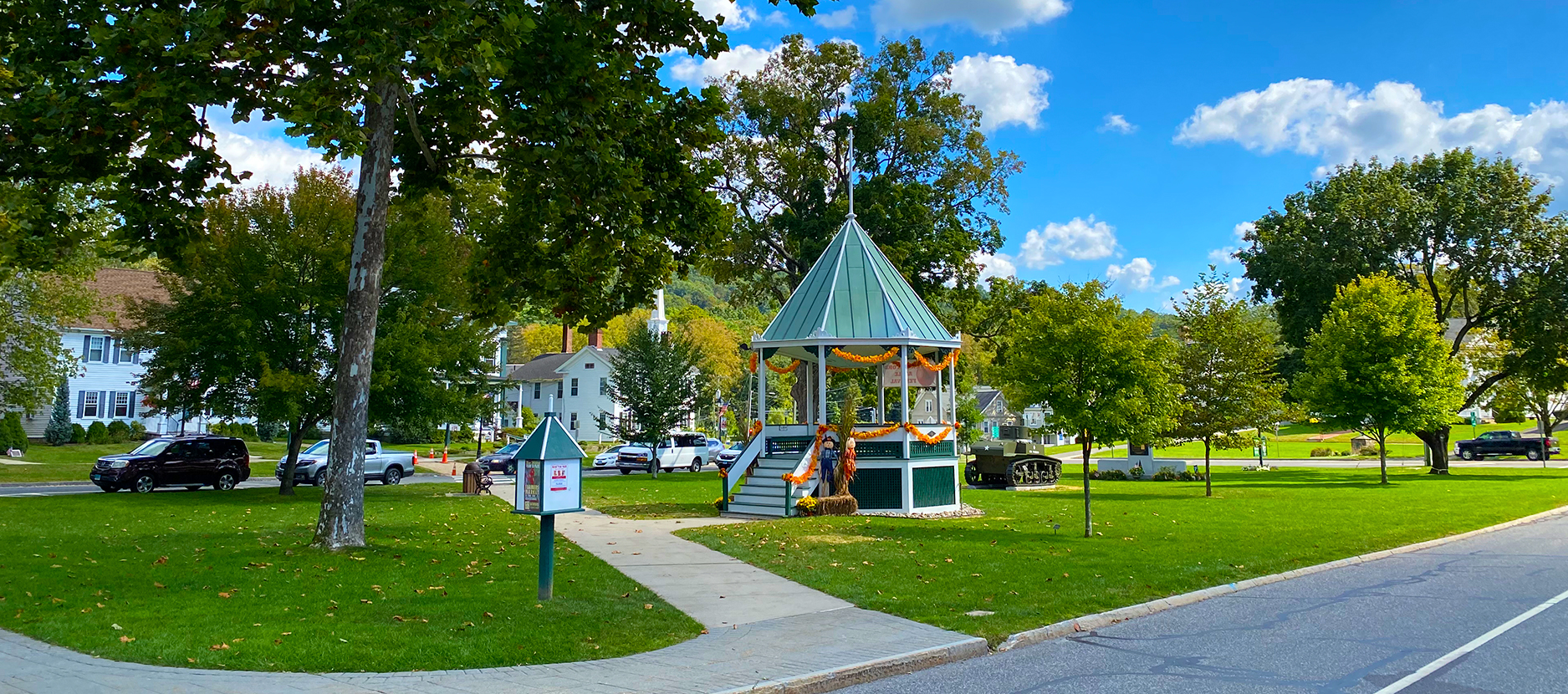
Today, many greens still hold onto their ancient roles as common ground, a place for music, holiday celebrations and other civic events.
Greens – West
Begin this tour by the New York border, in Sharon, where the green is 1.5 miles long and 12 rods wide, as originally laid out. This is largely a parklike expanse with one notable landmark, a 40-foot-high brick clock tower.
- On to the green at Cornwall Hollow, where the life and death of Major Gen. John Sedgwick, a local native, is commemorated in monument and plaque. Killed by a sniper’s bullet at the Battle of Spotsylvania Court House in 1864, Sedgwick was the highest-ranking Union casualty in the Civil War.
- The Warren Green is a very small plot with almost no adornments, sitting at the center of this modest rural Connecticut town. A special point of interest nearby is the Warren Congregational Church, architecturally one of the state’s best, prominent on a grassy hill.
- Litchfield’s good-sized, sloping green is much celebrated and photographed, as is the Congregational Church at its east end. One side of the green here is lined with shops and restaurants, and therefore a good place to stop for a bite to eat.
- Both Bethlehem and Roxbury offer classic small-town greens. Bethlehem’s is a long triangular park, and Roxbury’s is home to a notable granite obelisk honoring local Revolutionary War hero Seth Warner.
- The final stop on this nearly circular route is New Milford, where the green is central to a comparatively bustling downtown. The quarter-mile-long rectangle is home to many monuments and civic structures, including a bronze bust of Abraham Lincoln, an Army tank and a bandstand.
Greens – East
The tour of town greens in eastern Connecticut begins in Colchester, where a simply elegant green space clearly serves as a town center. It even includes a baseball diamond along with the more typical flagpole, gazebo and war monuments.
- Next, it’s on to neighboring Lebanon, where the enormous green (some of it actually kept as pasture) dominates the center of town and offers a number of historic points of interest. Revolutionary War-era buildings include a War Office, visited by many generals, including George Washington, and the Governor Jonathan Trumbull House, home to the only colonial governor who openly supported the war effort.
- The Scotland Green houses an octagonal bandstand and several war memorials, and, a little further on, in Canterbury, the rural aspect of the green is typical of this part of Connecticut, where the feel of old New England is not hard to find.
- Continue your tour by taking a look at the modest Eastford Green in one of Connecticut’s smallest towns, and then finish things off in Woodstock, where the green is nearly five acres big and includes many lovely views and points of interest. Right on the green here is Roseland Cottage, an 1846 Gothic summer cottage built by Henry C. Bowen and open today as a fascinating local attraction.
Additional Resources
Special Delivery

Connecticut, Delivered Right to Your Fingertips
Share your email address to receive our free newsletter and be the first to see the latest travel deals, attractions and news from CTvisit.com!












